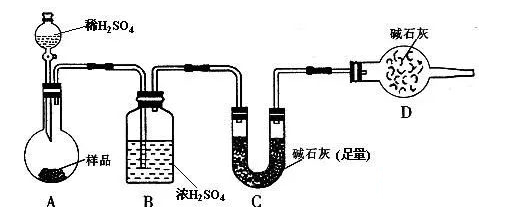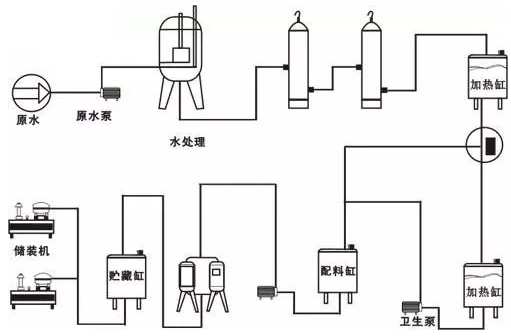News
Pollutant treatment method in PCB production process
Pollutant treatment method in PCB production process
As we have already discussed before, PCBs produce substances that are harmful to the environment during the production process. In addition to production capacity, the ability to handle hazardous materials is an important measure of modern factories. Carrying out "green production" is the inevitable way of modern industry. So, what should be done with the harmful substances produced in the PCB production process?
PCB wastewater is divided into cleaning wastewater, ink wastewater, complex wastewater, concentrated acid waste liquid, and concentrated alkali waste liquid. There are many types of wastewater pollutants, complex components, and the targeted treatment of wastewater, which is the key to ensuring the standardization of wastewater treatment. PCB wastewater treatment is mainly divided into chemical method and physical method. Chemical method is to convert pollutants in waste water into easily separable physical state (solid or gaseous), including chemical precipitation method, redox method, ion exchange method and electrolysis method. Etc., the physical method is to enrich the pollutants in the wastewater or separate the easily separated physical state from the wastewater, so that the wastewater can reach the discharge standard, mainly including decanting method, electrodialysis, reverse osmosis Etc.

1. Redox method
The redox method is to convert harmful substances into harmless substances by using an oxidizing agent or a reducing agent, and to precipitate and precipitate them, and the cyanide-containing wastewater and the chromium-containing wastewater in the circuit board are often subjected to a redox method.
2. Chemical precipitation
Chemical precipitation is the use of one or several chemicals to convert harmful substances into easily separated precipitates or precipitates. There are many kinds of chemical agents used for circuit board wastewater treatment, such as NaOH, CaO, Ca(OH)2, Na2S, etc. The precipitant can convert heavy metal ions into precipitates, and then pass through inclined plate sedimentation tank, sand filter and filter press. Etc., to separate the solid and liquid.
3. Ion exchange method
Chemical precipitation treatment of high concentration wastewater is difficult, often combined with ion exchange. First, the chemical precipitation method is used to reduce the content of heavy metal ions to about 5 mg/L, and then the ion exchange method is used to reduce the heavy metal ions to the discharge standard.

4. Electrolysis
Electrolytic treatment of high-concentration circuit board wastewater can reduce the content of heavy metal ions, but the electrolysis method is effective only for the treatment of high-concentration heavy metal ions, and consumes a large amount of electricity, and can only process a single metal.
5. Gaseous condensation-electric filtration
This novel approach consists of three parts. The first part is an ionized gas generator. Air is drawn into the generator, which can change the chemical structure of the ionized magnetic field into highly activated magnetic oxygen ions and nitrogen ions. The gas is introduced into the wastewater by a jet device. Harmful substances such as metal ions and organic substances in the wastewater are oxidized and aggregated, and are easily removed by filtration. The second part is an electrolyte filter that filters out the agglomerates produced in the first part. The third part is a high-speed ultraviolet irradiation device. The ultraviolet light is injected into the water to oxidize organic matter and chemical complexing agent to reduce CODcr and BOD5.

Categories
Latest News
Contact Us
Contact: Ms Tracy
Phone:
Tel:
Add: BludingA,Shixiaganglian Industrial Park,Shajing,Baoan,Shenzhen,China
 Tracy
Tracy